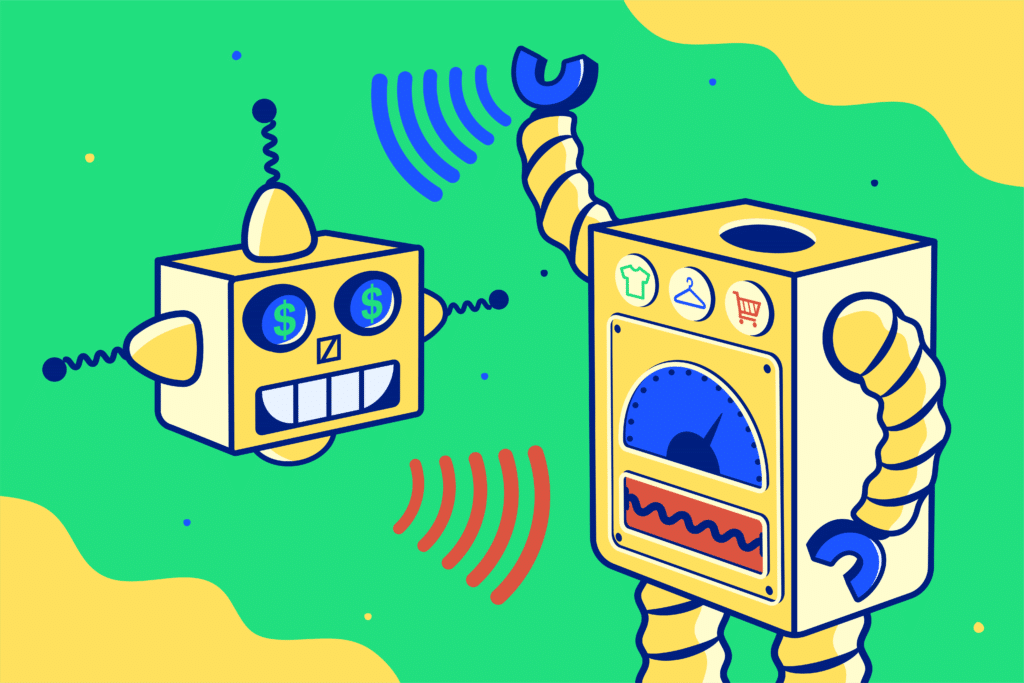As Web 3.0 takes hold and good and unique user experiences are expected, the world of headless starts to emerge as the hero. This is not just a buzzword that will come and go, but is the new standard for the advanced organization. The focus here will be in the impact in the retail environment to both the business and the consumer.
Table of contents
What is Headless?
Simply put, headless takes the two core architectural areas for an application and decouples them from each other. For an eCommerce website, this take the front-end user’s experience such as navigation, add-to-cart button design, and the creative that is presented in the web browser and decouple it from the technical processes that support it, such as product detail, availability, shipping calculations, creating orders, etc. Core concepts combine API integrations, Data Integration/Exchange tools, experience management, and Content Management Systems (CMS) into the right solution.
Headless Pitfalls:
- Everything can be custom and could generate technical debt to maintain or manage
- Requires a thorough user experience and development coordination process
- Standard and conventions that are Out-of-Box (OOB) in packaged instance may need to be created from scratch
- Cost of initial investment could be steep depending on the complexity of initial integrations
- Often APIs are underdeveloped or in progress; check that it has all functionality needed
Headless Benefits:
- Only uses what is needed from the technical stack and can increase the performance
- Provides an experience for the customer that is unique
- Supplies multiple experiences that use the same back-end
- Third-parties can sell their own front-end solutions without worrying about supporting back-end
- Gives the ability to keep some legacy processes alongside something new
- Development of front-end or back-end are not dependent on each other for most changes
So is it RIGHT for you?
When deciding if headless commerce is right for your business, it comes down to a few simple considerations:
- One-of-a-kind, very custom in functionality
- Have a strong design, experience, developer team
- Can invest in maintenance and upfront costs
- Focused on a specific front-end experience from a robust back-end
- Need to get an experience done quickly and then add/iterate
If several of these considerations are on your list, headless may be the best solution for your teams. Most eCommerce solutions, such as WooCommerce, Shopify, and Salesforce Commerce Cloud, have created or are expanding their headless offerings. In the near future, we should expect to see new players and tools that will take these practices even further!
Headless eCommerce Links:
- Salesforce Commerce Cloud: https://www.salesforce.com/products/commerce-cloud/headless-commerce/
- WooCommerce: https://woocommerce.github.io/woocommerce-rest-api-docs/
- Shopify Plus: https://www.shopify.com/plus/solutions/headless-commerce
- Lets Flo: https://www.letsflow.io/rest-api/workflow-engine
- ProductsUp: https://help.productsup.com/en/29571-29571-api-documentation.html
- Mulesoft: https://www.salesforce.com/products/integration/overview/?d=7010M000001yv8PQAQ
- Zapier: https://platform.zapier.com/docs/zapier-intro
